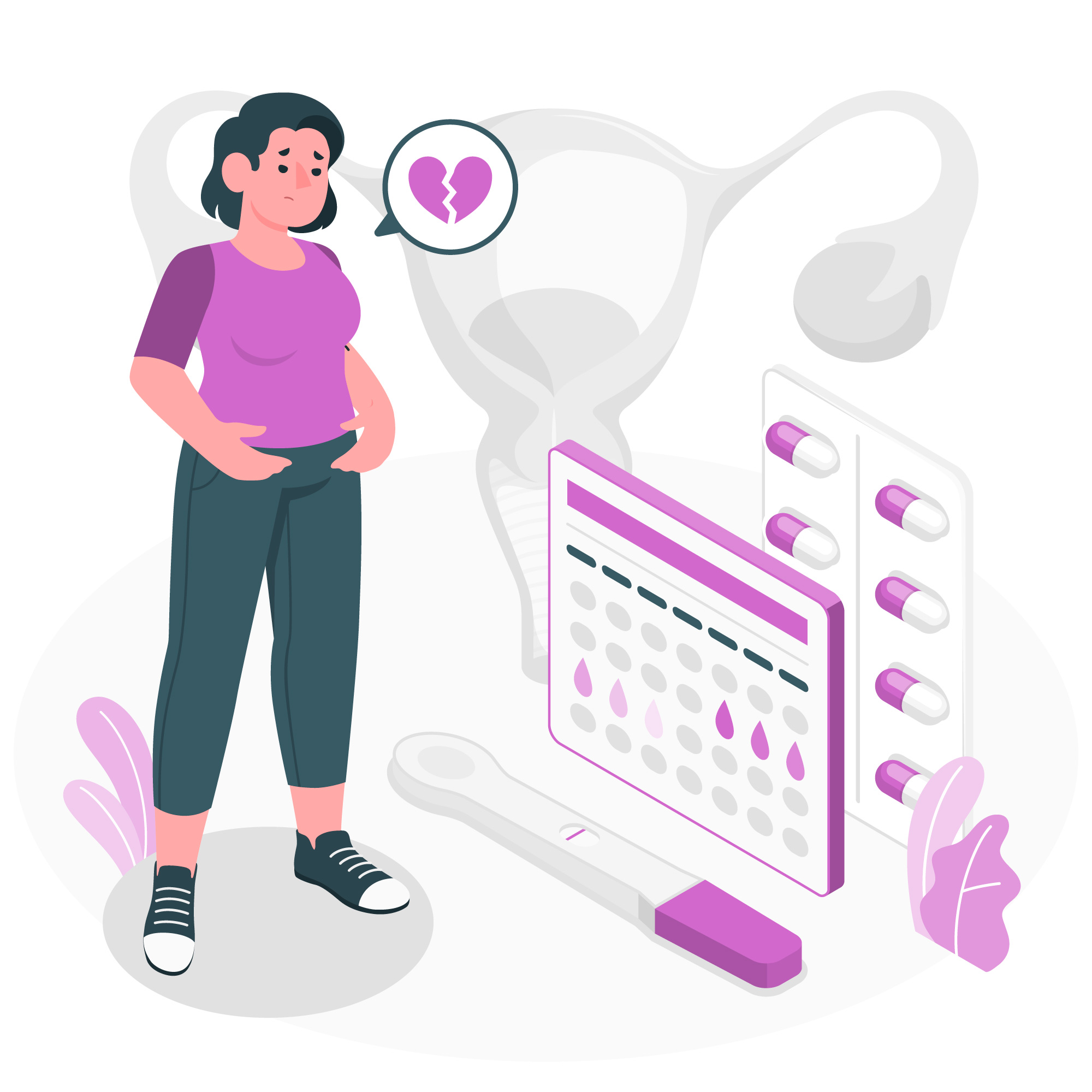What is Preeclampsia?
Pregnancy is a beautiful journey, but sometimes, unexpected health concerns can arise. Preeclampsia is one such condition that can appear after 20 weeks of pregnancy. It is marked by high blood pressure, protein in the urine, and potential damage to organs like the kidneys or liver. While some women experience mild symptoms, others may face serious complications.
How Do You Know If You Have Preeclampsia?
Preeclampsia can be tricky because some women don’t feel any different—but your doctor might detect it through routine checkups. However, if you notice any of these warning signs, don’t ignore them!
Common Symptoms of Preeclampsia:
- Persistent headaches that won’t go away.
- Swelling in the hands, face, or legs.
- Upper abdominal pain (usually on the right side).
- Blurred vision or sensitivity to light.
- Shortness of breath or difficulty breathing.
- Nausea or vomiting (that isn’t just morning sickness!).
What Causes Preeclampsia?
The exact cause remains a medical mystery, but researchers believe it starts with problems in the placenta. Some factors that might increase your risk include:
- First-time pregnancy or pregnancy with a new partner.
- History of preeclampsia in previous pregnancies.
- Carrying twins, triplets, or more (hello, supermom!).
- Pre-existing conditions like high blood pressure, diabetes, or kidney disease.
- Being younger than 18 or older than 35.
- Obesity or a family history of hypertension.
How is Preeclampsia Diagnosed?
Your doctor will conduct several tests to confirm preeclampsia, including:
- Blood Pressure Check – Monitoring for consistently high BP.
- Urine Test – Checking protein levels in your urine.
- Blood Test – Evaluating kidney and liver function.
- Creatinine Test – Measuring waste product levels to assess kidney health.
How Serious is Preeclampsia?
Preeclampsia isn’t always life-threatening, but if left untreated, it can lead to eclampsia (which involves seizures) or HELLP syndrome (a severe liver and blood clotting disorder). The sooner you catch and manage it, the better!
Treatment Options for Preeclampsia
Preeclampsia doesn’t have a cure, but the best way to manage it is careful monitoring and, in some cases, early delivery. Here’s what your doctor might recommend:
- Medications to lower blood pressure.
- Bed rest or hospitalization for close monitoring.
- Early delivery if the condition worsens.
- Magnesium sulfate (to prevent seizures in severe cases).
How Does Preeclampsia Affect Fertility & Future Pregnancies?
While preeclampsia doesn’t cause infertility, it can lead to complications in future pregnancies. Some risks include:
- Restricted fetal growth leading to low birth weight.
- Increased chances of preterm delivery.
- Placental abruption, where the placenta detaches from the uterus too soon.
- Higher risk of preeclampsia recurrence.
Can You Prevent Preeclampsia?
Since the cause is still unclear, prevention isn’t guaranteed. However, here are some proactive steps you can take:
- Maintain a healthy weight before and during pregnancy.
- Follow a balanced diet rich in nutrients.
- Stay active with light exercises like walking or prenatal yoga.
- Manage underlying conditions like hypertension or diabetes.
- Take low-dose aspirin if your doctor recommends it.
- Never skip prenatal checkups—early detection is key!
When to Call the Doctor
If you experience severe headaches, vision changes, intense swelling, or sudden weight gain, don’t wait! Seek medical help immediately.
Final Thoughts
Preeclampsia might sound scary, but with regular checkups and timely intervention, most women go on to have healthy pregnancies and happy babies. Knowledge is power—so stay informed, listen to your body, and trust your doctor’s advice. You got this, mama! 💪💕

